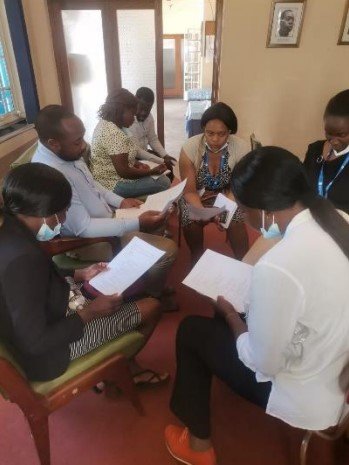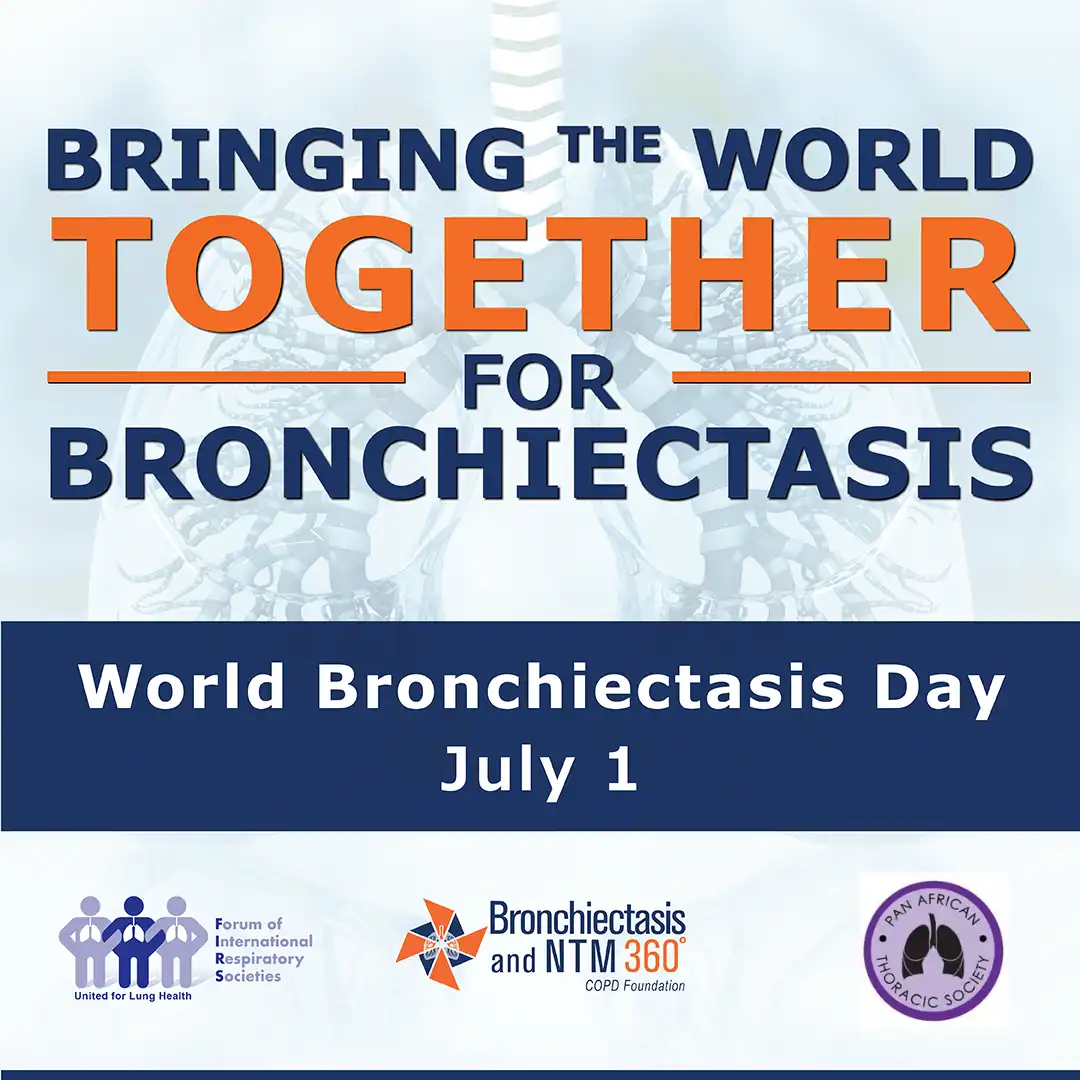INDUCED SPUTUM TRAINING PALI 2022

Introduction
Tuberculosis (TB) is the most common cause of death globally from a single pathogen. In 2019 children made up only 12% of the global TB burden, while in Zimbabwe, children contributed only 6% of all TB cases in 2020. This is likely a gross underestimation and may be attributed to the difficulty of diagnosing TB in children.
Sputum induction has been identified as a safe and effective way of diagnosing TB in children. It is better tolerated, and has a better yield compared to gastric lavage. In light of the above the Paediatric Association of Zimbabwe carried out a training to improve tuberculosis diagnostics in children, focusing on sputum induction. Funding for the training was from the Pan African Thoracic Society Lung Health initiative. The training was led by Dr Washaya-Makumbe a paediatric pulmonologist with the support of two paediatricians Dr M Kasekete and Dr V Masanganise. The training material were adapted from the SA-MRC Unit on Child & Adolescent Health, South Africa.
The training
A total of 26 participants attended the training physically (6 nurses and 20 doctors) while 17 participants attended online. The participants that attended physically were from the 7 major public hospitals in Zimbabwe, that is, Parirenyatwa Hospital, Sally Mugabe Hospital, Chitungwiza General Hospital, Mutare Provincial Hospital, Gweru Provincial Hospital, Mpilo Central Hospital and United Bulawayo Hospitals. Of note is that 2 participants were from a research unit based in Harare.
The training entailed a pretraining questionnaire (to assess participant baseline knowledge), a general introduction to diagnosis of TB in children and a discussion on the limitations of clinical and radiological diagnosis of TB. Specific training on microbiological diagnosis was done which involved theoretical and practical sessions on sputum induction.
At the end of the training, participants sat in their institutional groups and spent time planning their own training. A post training questionnaire was also administered to assess whether the training objectives were met.
Pretraining questionnaire
Prior to the training 18 out of 21 participants had heard about sputum induction (Table 1). However, most institutions (18/21) were using gastric lavage to diagnose TB and only 3 (14%) participants had performed sputum induction.
Post training questionnaire
Post training all participants were confident that they could perform sputum induction and that they could teach other healthcare workers how to perform the procedure. (Table 2) All participants also knew that there was no lower age limit for sputum induction (Table 2). However, only 2 participants were unclear about the order of the steps taken when inducing sputum.
Participant feedback
The course received positive feedback from the participants. A course evaluation was administered and out of 24 responses 15 participants scored the course 9/9, 7 scored it 8/9, 1 scored it 7/9 and 1 did not respond. Recommendations included carrying out the training on a weekday to enable more participants to attend and adapting some of the training material to a low-middle income setting where some of the consumables may be unavailable. The details of the training were posted on Dr Washaya’s linked in profile and will be shared on the African Paediatric Fellowship Programme Facebook page and the Paediatric Association of Zimbabwe Facebook page.
Post training plans
The equipment and consumables will be kept at the PAZ’s offices to enable future trainings and some of the training material will be adapted further to suit low-middle income settings. Each participant was given a standard operating procedure for sputum induction and will carry out a similar training in their own institutions within 3 months. The pretraining and post training questionnaires will be analyzed and used to advise further trainings.
We would like to thank the Pan African Thoracic Society who enabled us to carry out this training through the Lung Initiative award.
By N Washaya (2022)


